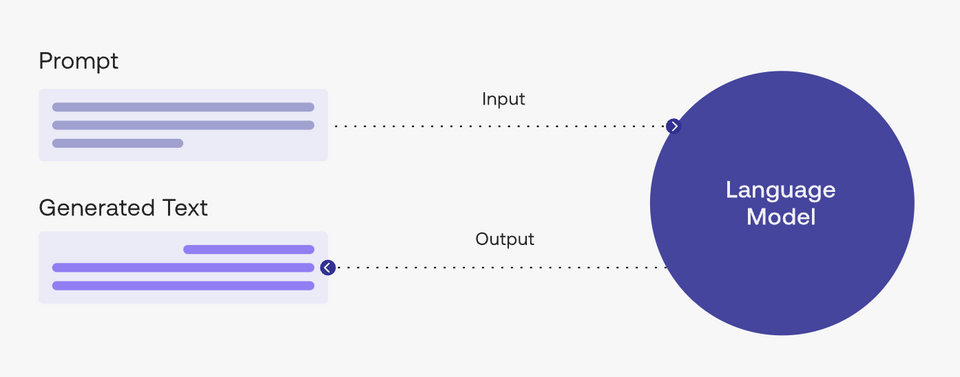Create unique C with ChatGPT
Search and store tool for Chat GPT Prompt
Create unique and engaging C with ChatGPT, a pre-trained language model by OpenAI for generating high-quality and accurate content.
How to Write an Effective Social Media Caption for your Product Post
Write a social media caption for a post about this product [product page URL]
How to Create Brand Guidelines for Your Website's Tone and Voice
Extract the brand tone and voice from [your website] and create a brand guidelines document to ensure future content follows those guidelines.
Incorporating Continuous Testing and Quality Assurance in [Language] Projects: A Helpful Guide
Share advice on how to incorporate continuous testing and quality assurance into the development process for a [language] project.
Best Practices for Writing and Maintaining Unit Tests for [Language] Codebase
Recommend best practices for writing and maintaining unit tests for a [language] codebase.
Techniques for Estimating and Tracking Time Required for Language Development Tasks
Propose techniques for estimating and tracking the time required for various [language] development tasks.
Effective Strategies for Task Management in [Language] Development Projects
Share strategies for effectively managing and prioritizing tasks in a [language] development project.
Maximizing Focus during Language Development: Techniques and Tips for Staying on Task
Suggest ways to minimize distractions and maintain focus during [language] development tasks.
Tools and Techniques to Boost Productivity for [Language] Developers
Recommend tools and techniques to improve productivity for a [language] developer.
Transitioning from Technical to [Language] Development: Expert Opinion and Tips
Share advice on how to transition from a different technical role to a [language] development role.
Tips for Negotiating Job Offer or Promotion as Language Developer
Provide tips for negotiating a job offer or promotion as a [language] developer.
Creating an Effective and Compelling Software Developer Portfolio: Tips and Advice
Share advice on how to create an effective and compelling software developer portfolio.
Effective Strategies for Building a Strong and Diverse Language Development Skill Set
Recommend strategies for building a strong and diverse [language] development skill set.
Tips for Writing Clean and Self-Documenting Code for Better Code Maintenance
Share advice on how to write clean and self-documenting [language] code that is easy for others to understand and maintain.
Comparing and Recommending [Language] Code Formatting Tools and Linters for [Project Description]
Compare different [language] code formatting tools or linters and recommend one that best suits the given project: [project description].
Effective Communication Strategies for Technical Decisions and Trade-Offs with Non-Technical Stakeholders
Share advice on how to effectively communicate technical decisions and trade-offs to non-technical stakeholders.
Balancing Technical Debt and Feature Development in [Language] Projects
Recommend approaches to balancing technical debt and feature development in a [language] project.
Proposing Techniques for Creating a Culture of Continuous Learning within a Development Team
Propose techniques for creating a culture of continuous learning and improvement within a [language] development team.
Effective Strategies for Mentoring and Coaching Junior Language Developers
Suggest strategies for mentoring and coaching junior [language] developers to help them grow and succeed.
Best Practices for Leading and Managing a Language Development Team
Share best practices for leading and managing a [language] development team.
Generating Opinions on Code Snippets using Libraries and Frameworks
Provide a [language] code snippet that demonstrates the usage of a [library or framework] to build a [specific feature or functionality]: [library or framework name].
What is “prompt engineering”?
A “prompt” is the input that guides a generative AI model to generate useful outputs. Generative AI tools like ChatGPT, GPT, DALL·E 2, Stable Diffusion, Midjourney, etc. all require prompting as their input.

In a natural language processing (NLP) context, “prompt engineering” is the process of discovering inputs that yield desirable or useful results. As is the story with any processes, better inputs yield better outputs; or commonly said another way “garbage in, garbage out.”


Become a prompt researcher instead of engineer
- If you’re already a subject matter expert in something, consider figuring out how to apply your personal skills to generating the best prompts in your field
- For example, if you’re an expert in SEO, what questions do you ask yourself when creating SEO strategies? How can you translate this knowledge into better prompts to generate the same level of output with AI?
Become a prompt researcher instead of engineer
- The term prompt engineer glosses over the idea that prompt formulation takes hypothesizing, research, result measurement, and repetition. Instead, approach prompting like a research project.
- Try as many different variations and formulations of your prompt as possible. One problem can have hundreds of solutions and one solution can have hundreds of approaches. The same can be said of prompting.